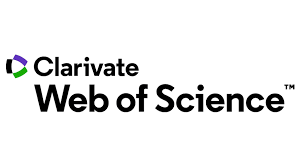Mallaeva Zulaykhat M.,
Doctor of Philology, Professor, Chief Researcher
G. Tsadasa Institute of Language, Literature and Art
Dagestan Federal Research Center of the Russian Academy of Sciences
e-mail: logika55@mail.ru
https://orcid/org/0000-0003-4303-6663
Khalidova Rashidat Sh.,
Doctor of Philology, Professor, Head of the Theory and Methods of Teaching Russian Language and Literature Department
Dagestan State Pedagogical University named after R. Gamzatov;
Professor of the Humanitarian Education Department
Dagestan branch of the Russian State Pedagogical University named after. A.I. Herzen
e-mail: rashi-dr@mail.ru
https://orcid.org/0000-0002-6150-2704
The relevance of the study is motivated by the fact of real danger of vanishing of the most of Daghestan languages. According to the UNESCO atlas (Atlas of the World’s Languages in Danger) more than 25 Daghestan languages are in danger of vanishing. That is why the two main problems considered in this article are the danger of vanishing of some languages and the language of intra-ethnic communication as to be solved within the framework of lingua-ecology of Daghestan languages. The main objective of the article is to analyze extra-linguistic factors, maintaining the modern linguistic situation in the Republic of Daghestan, as well as to point out the role of a mother tongue in representing ethnic culture and in means of ethnic self-identity among trans-lingual youth of Daghestan. The young age is the final stage in formation of ethnic self-identity. The working hypotheses that “cultural component of the ethnic-lingual identity predominates over its lingual component” is based on the observations of the authors living within the Daghestan community and on the results of inquiries done by them. The conclusions made after research can be of use while giving theoretical or applied analyses recommendations for realization of lingual policy in Daghestan.
Keywords: ethnic-linguistic structure of Daghestan, linguistic situation, a mother tongue, bilinguism, ethnic self-identity, social factors, saving languages

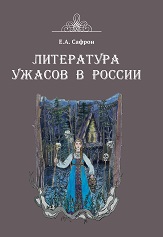
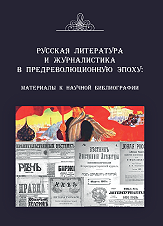
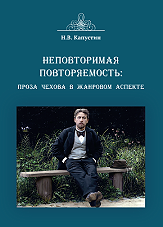
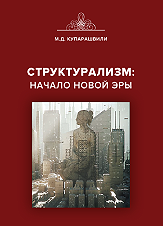
.png)
